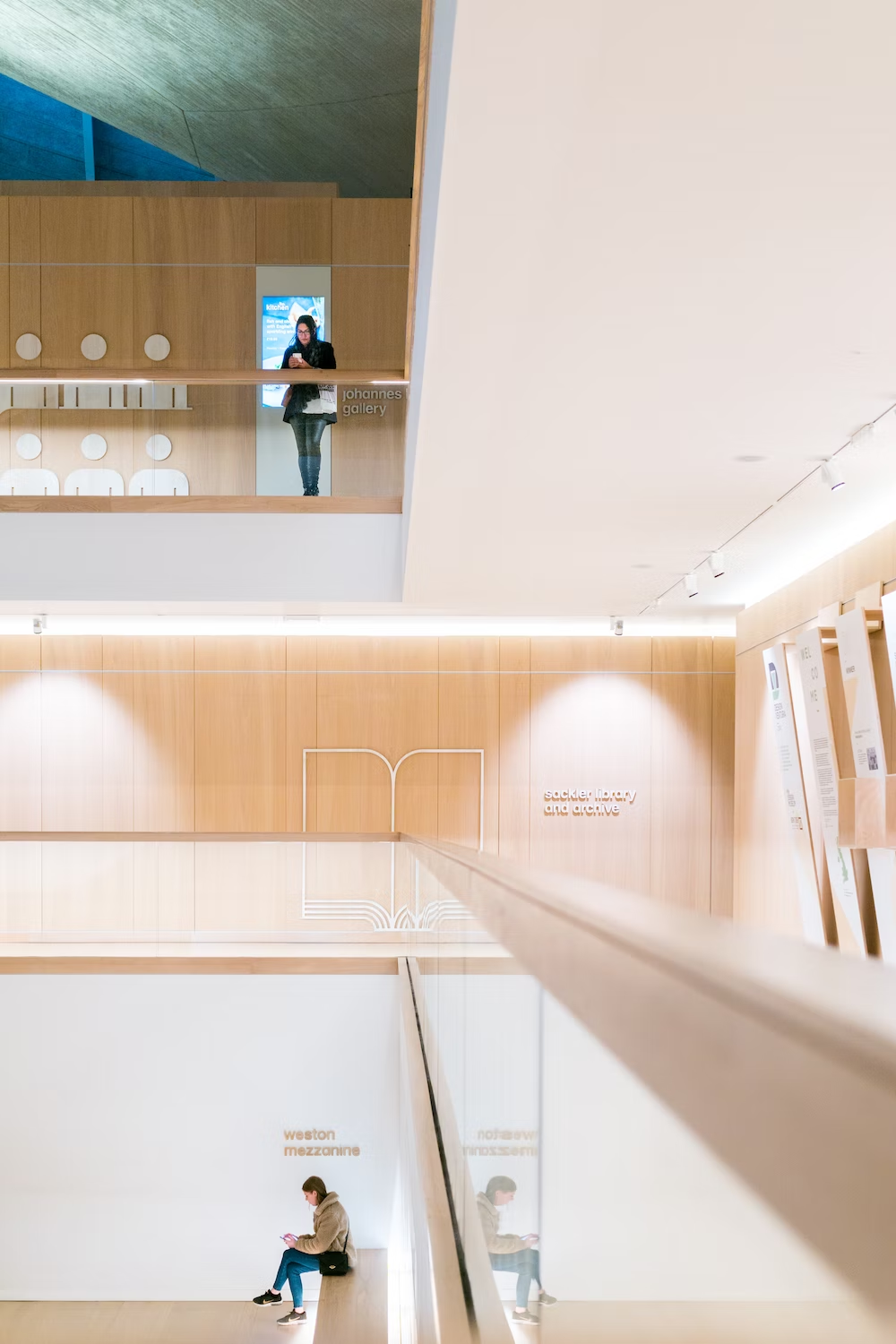Our Blog

Internal wayfinding signage can serve a range of applications within your premises. In this article, we look at 4 examples of what you can do with bespoke, high-end wayfinding signage from Image Technique.
What Is Wayfinding Signage?
Wayfinding signage is a category of directional signage that helps people find their way around unfamiliar locations and is especially useful in large buildings like airports, shopping centres, universities, hospitals, and other public areas where visitors may not be familiar with the layout. But the uses of wayfinding signage don’t stop there – wayfinding signs can also provide regulatory and safety information, promotional and marketing material, and identification information, too.
1) Informational Signs
Informational signs provide detailed information about the area or facility and how the user can obtain more guidance. Bespoke signage displays typically include images, text, and symbols to indicate important information such as toilet locations, fire exits, named office locations, elevators, and more. These signs are designed to help people quickly find what they need independently without having to ask passers-by or customer service staff for directions.
2) Directional Signs
Directional signs help guide people from one location to another within a building or facility without getting lost! They usually include arrows or other visual indicators, as well as supporting words, graphics, and images to describe the best route to take, and guidance as to whether or not the user is on the right track. Directional signs can be used both indoors and outdoors and are an essential part of any wayfinding system.
3) Identification Signs
Identification signs are installed to identify certain areas of the premises, such as a business address within a shared occupancy commercial complex, the private office of a senior manager within an individual business, or a ward or treatment room within a hospital These straightforward signs often feature an image or logo along with text designating the name of the room or area being identified. Identification signs can also include widely recognised symbolic images to represent particular products or services that are available in a certain area – for example, an image of a steaming cup of tea can indicate the presence of a café or hot drinks dispenser.
4) Regulatory/Compliance Signs
Regulatory and compliance signs convey vital public safety information to ensure that people comply with relevant laws and regulations to protect both themselves and others from harm or injury. To cite a recent example, during the pandemic, most commercial and public premises that remained open installed social distancing signage to support Covid safety guidance – this included maximum occupancy and curfew instructions, identification signage for wash points and hand sanitiser, safe distance markers on flooring and walls, and reminders to wear face masks.
These types of signs also encompass fire safety and evacuation instructions, product safety and hazard warnings, no smoking signs and more – all designed to minimise risk within an environment where multiple people are present at any given time. Regulatory wayfinding signage designs can include a combination of images, symbols, and text – and must be clearly visible from each entry point into the space for them to have the desired effect on visitor behaviour.
Find Out More About Our Wayfinding Signage Services
At Image Technique, we can design, manufacture, and install a wide range of bespoke high-end wayfinding signage for a variety of applications. Click here to find out more about our wayfinding signage services or call one of our design specialists to discuss your requirements in person.
Image Source: Unsplash



